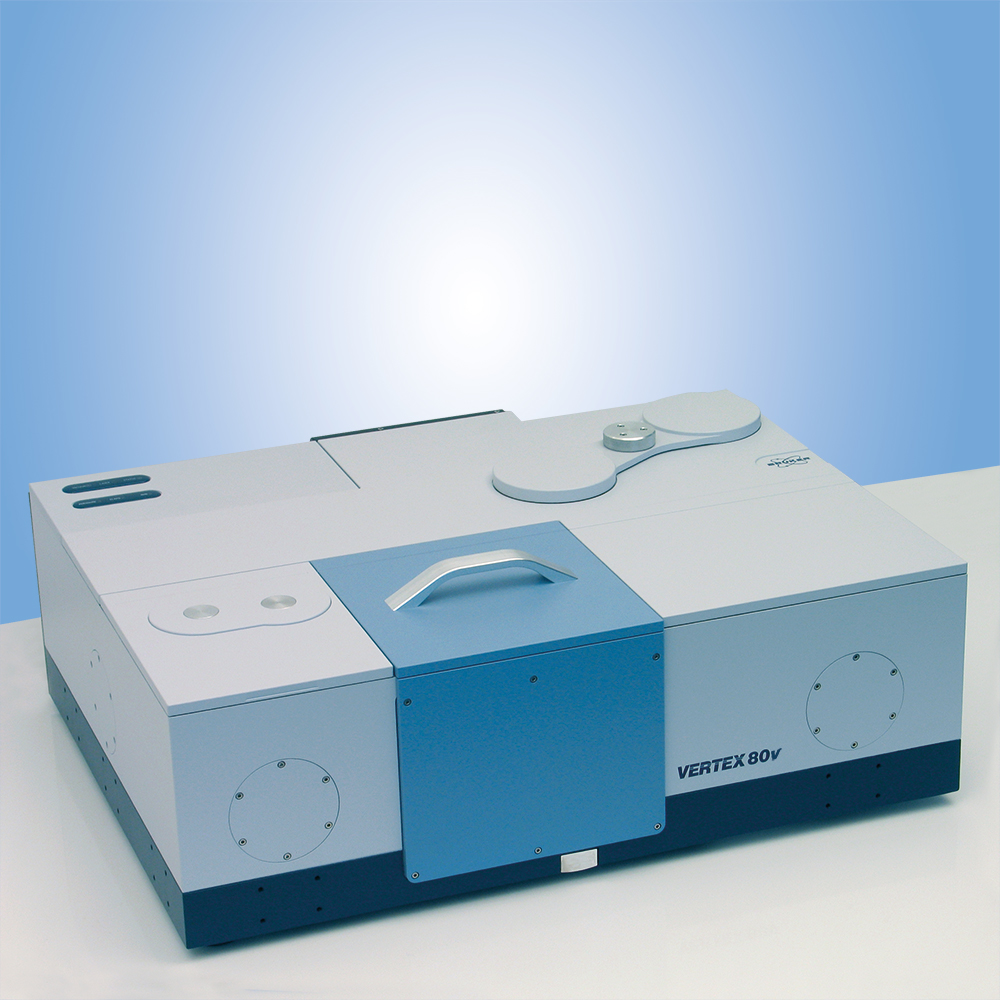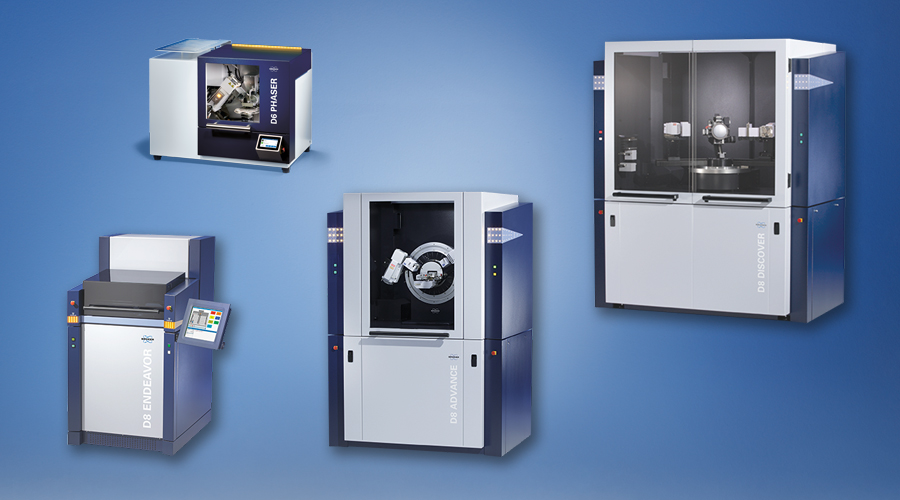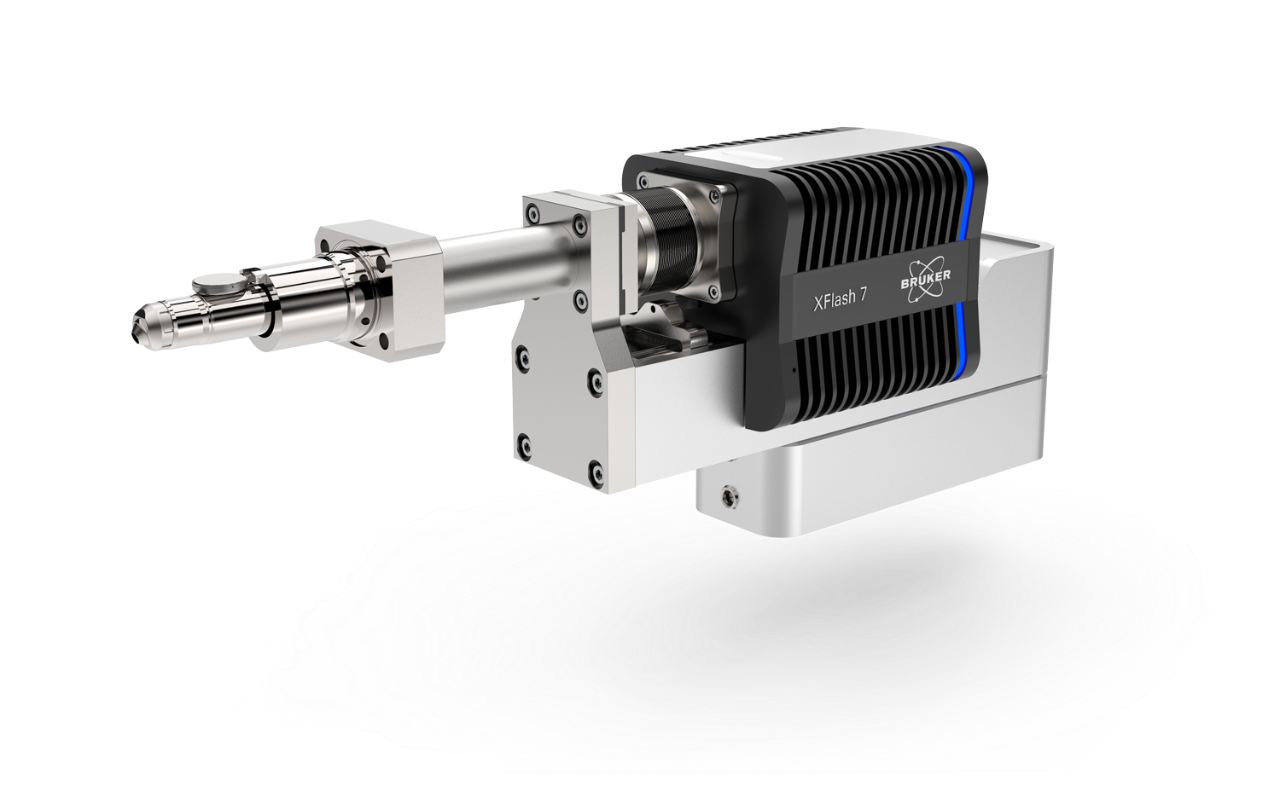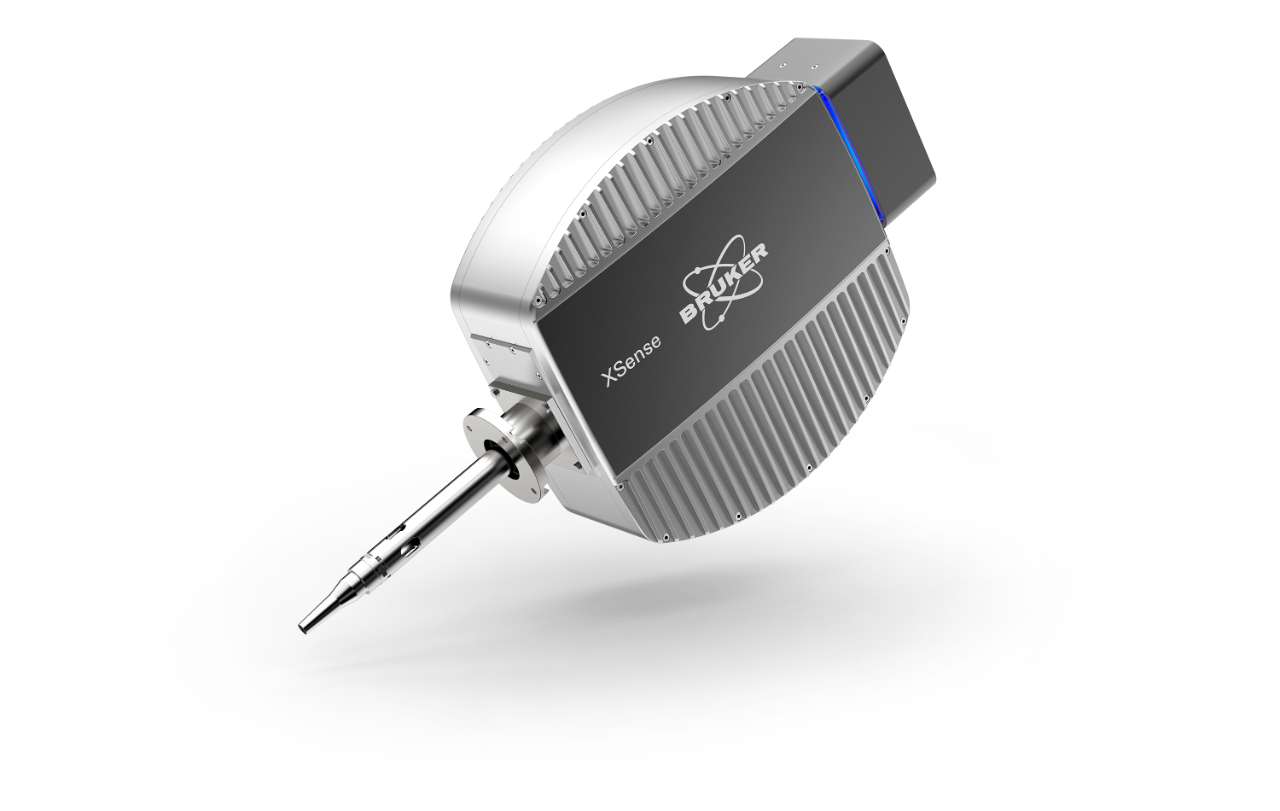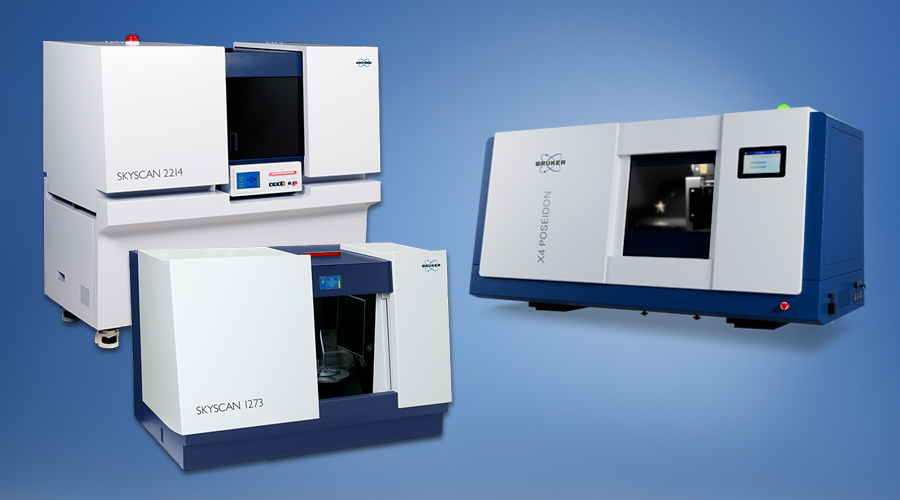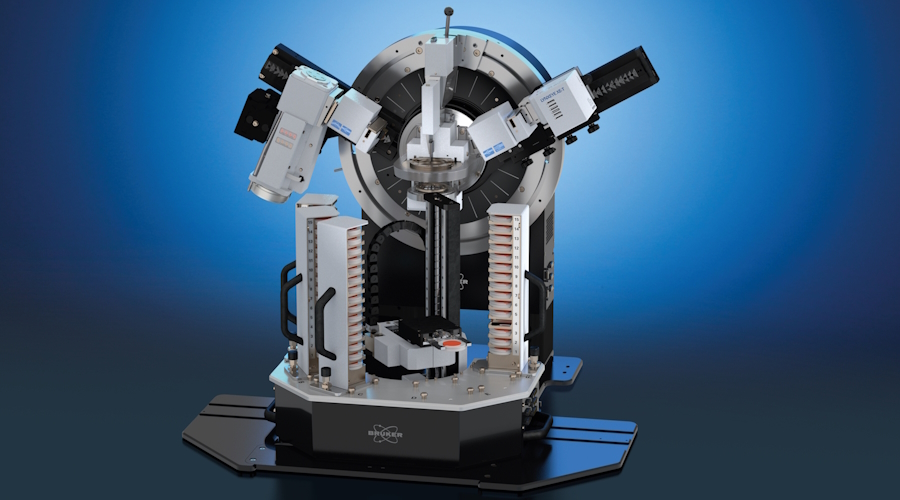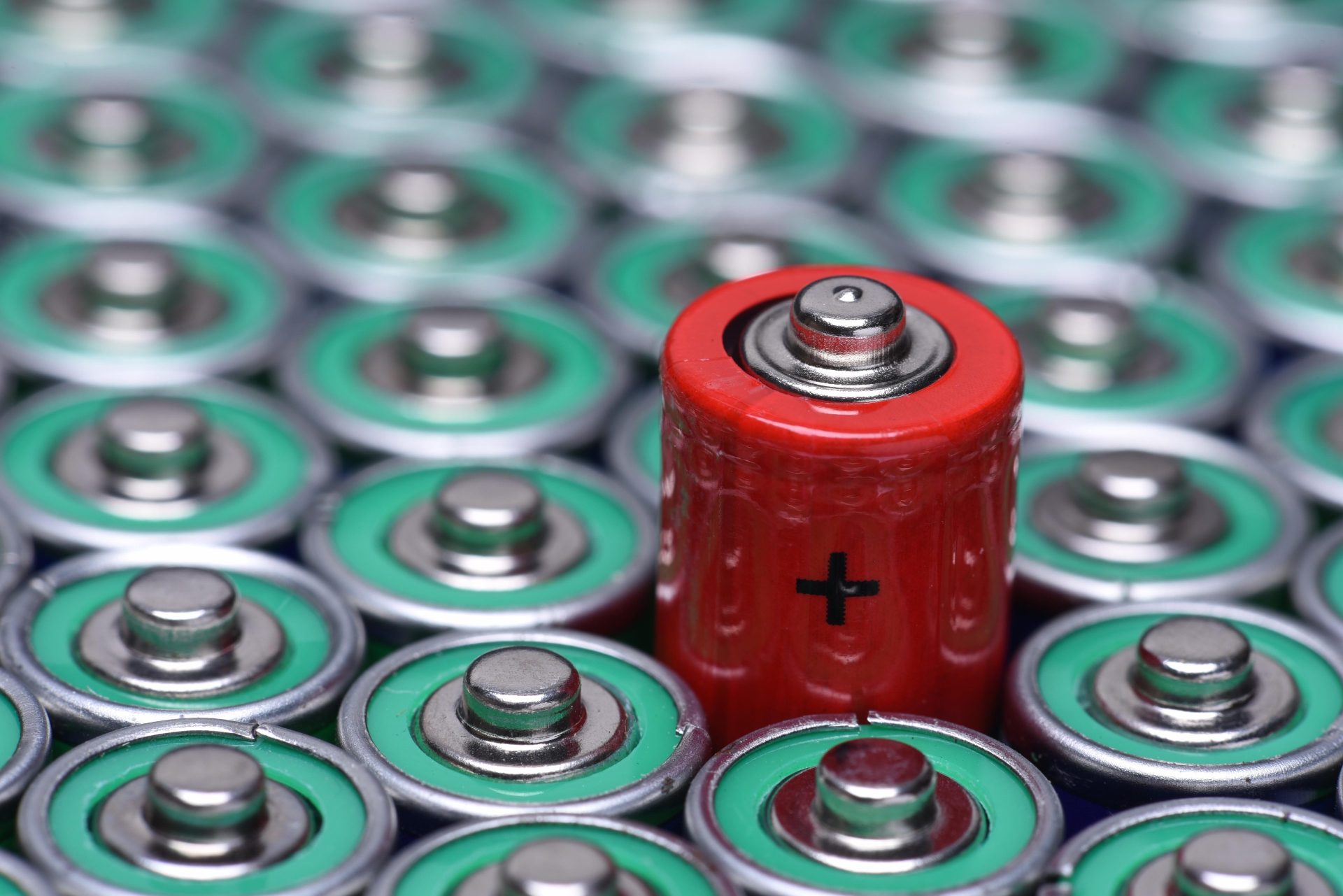

电池研究
揭示储能材料的工作原理
发电和储能相关应用需要一些当今最复杂的材料开发计划,以保证效率和可靠性。许多电子设备,从笔记本电脑到智能手机,都由可充电锂离子(Li-ion)电池提供动力,而且这种电池很快也会扩展到许多其他领域。这其中就包括正在开发和采用的电动汽车。新材料的不断开发,改变了我们捕捉、传输和储存能量的方式。
任何电池的性能,无论是容量、寿命还是能量密度,最终都取决于构成其正极、负极、电解质和 SEI 的材料的内在特性。布鲁克开发了一整套表征技术,支持科学家了解并优化所有电池组件和完全组装电池的物理和化学特性、性能和稳定性。
您可以在布鲁克官网详情页深入了解原子力显微镜、傅立叶变换红外光谱、纳米力学测试、X 射线衍射、拉曼显微镜、X 射线显微镜、磁共振和 X 射线光谱如何揭示储能材料的工作原理。
Add Automation to your instrument
that significantly enhance research and operational outcomes. Automated systems handle repetitive and time-consuming tasks, allowing researchers to dedicate more time to critical thinking and innovation.
This leads to faster data collection and analysis, enabling quicker identification of material properties and ensuring the development of safer and more efficient batteries.
Additionally, our automation solutions ensures reproducibility and accuracy in experiments, which is crucial for validating results and maintaining high standards of quality control. By reducing manual errors and increasing throughput, our automation solutions help battery research institutions maximize their resources and achieve their goals more efficiently.
原位表征
研究溶质与电极
研究人员可以对实验室级电池模型系统的溶质和电极中的电化学过程进行原位监测。这些模型系统并非现成的电池产品,但人们可以在程序控制的电压循环过程中,对阳极、阴极材料、电解质成分、温度等进行调节。傅立叶变换红外光谱(FTIR)与电化学反应同步进行,由此可收集到随时间 / 电势变化的红外光谱。除了能获得实验的电化学响应外,将傅立叶变换红外光谱与电化学相结合,还能帮助人们深入了解所研究分子的分子变化及反应过程。
Follow battery cell behavior during cycling
During charge/ discharge, the cathode and anode of every battery cell undergo constant changes, e.g. due to the insertion of Li-cations. With X-ray diffraction (XRD), both the changing phase composition and the evolution of the crystal structure can be followed simultaneously. This allows researchers to understand new energy storage materials on an atomic level, follow the reaction that occur during cycling and monitor degradation behaviour to improve battery performance.
Our X-ray diffractometers support your research and development in battery materials, from ex-situ analysis of isolated cathode and anode materials, to the in-operando investigation of fully functional coin- and pouch-cells.
Observing Li-dendrite growth in situ
Lithium dendrite growth is one of the biggest problems affecting the safety of Li-ion batteries, but probing the initial stages of dendrite growth is difficult due to the reactive and fragile nature of lithium compounds, especially when studying growth at the solid electrolyte interface (SEI).
Using atomic force microscopy with electrochemical mode, the morphological evolution of the electrode surface under potential control can be traced. These experiments reveal different Li-deposition on graphite for different electrolytes, providing a deeper understanding of the underlying mechanism of dendritic growth in Li-batteries.
用于储能材料原位研究的固体核磁共振探头
原位固体核磁共振(ssNMR)波谱法可为电池材料的结构、动力学和电化学特性提供宝贵的见解。研究人员可以利用它研究电池工作期间材料的行为,这有助于开发新的和改进的电池设计。
例如,原位核磁共振波谱法可用于研究电池充电和放电循环过程中电解质和电极材料的行为。这些信息可用于优化电池性能,并找出运行过程中可能出现的任何潜在问题。
此外,原位核磁共振波谱法还可用于研究电池材料随时间推移的降解机制。这有助于开发更耐用、寿命更长的电池。
总之,原位核磁共振波谱是电池研究和制造的强大工具,因为它可以让人们更好地了解电池性能的基本过程,并有助于指导下一代电池技术的开发。
Ex-situ and Failure Analysis
FT-IR based Analysis of Battery Gases
Lithium-ion batteries are widely used storage systems that play a crucial role in electric vehicles. However, in the event of a failure or thermal runaway, these batteries can release various toxic and hazardous gases. This underscores the necessity of monitoring the gases emitted by batteries in diverse scenarios, such as charging, overheating, or physical damage. The MATRIX II-MG and OMEGA 5 gas analyzers based on the FT-IR technology are well-suited for analyzing battery gases, offering rapid, accurate, and real-time analysis of gas mixtures. Consequently, these gas analyzers are indispensable for fire departments, battery cell manufacturers, battery recyclers, and transporters as they aid in detecting and analyzing potentially dangerous gases during emergencies.
Studying electrochemical side reactions by laser desorption/ionization imaging
In the emerging fields of electroorganic synthesis and battery research, electrochemical side reactions on the active surface of electrodes represent a major challenge for efficiency and reproducibility.
Often, the undesired polymerization of one or more compounds on the active surface of electrodes is observed. These polymers tend to adsorb on the electrode leading to a passivation of the active surface, which is often referred to as “electrode fouling”.
Mass spectrometric imaging using the timsTOF fleX enables the identification and the spatially resolved visualization of the adsorbed side products. Hence, timsTOF fleX-based imaging allows the investigation of electrode fouling and provides valuable insight into electrochemical reaction pathways.
Increasing battery safety
Mechanical damage, including brittle failure of the electrodes and separator penetration, can give rise to dramatic releases of stored energy, including battery fires. Moreover, failures of coatings, mechanical (or ion) induced swelling and stiffening, stresses arising from fabrication, and mechanical stresses and damage from multiple charge-discharge cycles pose significant challenges for new device development and integration. Thus, for both safety and performance reasons, it is necessary to understand how these devices perform mechanically, including each component at the appropriate size scale.
Nanomechanical testing of battery materials provides quantitative characterization for emerging materials and deeper insight for improving mechanical performance.
Carbon analysis in flexible electrodes
Batteries using LiFePO4 (LFP) based cathodes are known to be very safe and show no risk of thermal runaway but have a low electrical conductivity, limiting the performance at high charge/ discharge rates. A very thin carbon coating on the LFP particles can improve its conductivity. The anodic stability of carbon coated cathode materials can be studied with Raman Spectroscopy, which demonstrates the homogeneity of the coating.
All components of a battery like anode/cathode materials and electrolytes can be analyzed with a very high lateral resolution using Raman microspectroscopy, both ex- and in -situ. Carbon is widely used in batteries. Raman spectra can be used to distinguish its allotropes and provide further information like defect concentration.
磁共振技术广泛应用于电池研究和生产
磁共振(MR)技术为电池行业提供了宝贵的工具,支持研究人员深入了解影响电池性能的化学和物理过程。这项技术还可有效应用于电池制造的价值链和供应链,以确保电池组件和材料(包括电极、电解质和隔膜)的质量始终如一。此外,利用磁共振技术还可以监控电池生产流程,识别任何可能影响电池性能或安全的缺陷或不一致之处。利用磁共振技术,电池制造商可以提高生产能力,开发出更高效、更耐用、更具成本效益的电池解决方案,以满足不断增长的市场需求。
无论您是电池制造商还是研究人员,磁共振技术都能帮助您在快节奏的电池研究和制造领域实现创新。
Verify structural integrity and research microstructure of electrodes
X-ray microscopy enables to non-destructively visualize the internal 3D structure of batteries and fuel cells. XRM is therefore a great tool to help understanding failure mechanisms by monitoring the internal alignment of components such as electrode separation over the battery life time, or in stress tests.
The electrode microstructure of modern high-performance batteries such as Li-ion batteries significantly impacts key properties such as cycle life time and capacity. A lot of efforts therefore go into careful optimization of processing parameters to tease out the best battery performance. XRM as multi-scale analysis technique supports advanced battery research since it can reveal at high resolution the microstructure of the individual anode and cathode layers.
Elemental mapping in lead-acid battery electrodes
Lead-acid batteries (accumulators) are rechargeable devices for storing electric energy generated by electrochemical processes. The batteries consist of electrodes made of lead (Pb) and lead dioxide (PbO2) and dilute sulfuric acid (37% H2SO4) as electrolyte. During discharge of lead-acid batteries, finely dispersed lead sulfate (PbSO4) forms on electrodes in a process that is reversed by recharging. However, under certain conditions, permanent deposits can also form on the electrodes. X-ray element maps acquired by WDS are ideal for investigating the nature and spatial distribution of sulfation deposits leading to battery failure.
